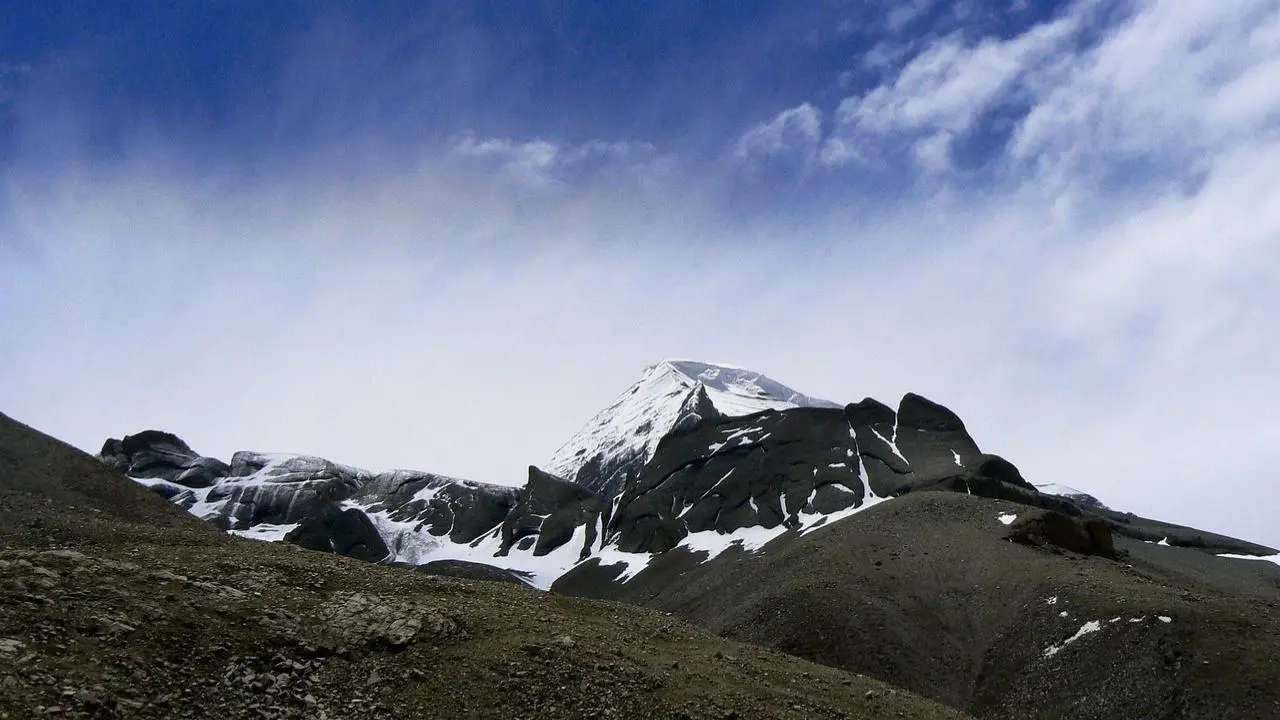After a five-year hiatus, the revered Kailash Mansarovar Yatra is set to resume in June, the Ministry of External Affairs (MEA) announced last week.
The pilgrimage last took place in 2019, after which it was suspended for a few years due to the Covid-19 pandemic and the political tensions following the Galwan incident.
Mount Kailash holds immense religious significance among Hindus as it is considered the abode of Lord Shiva. The mountain also holds spiritual importance in Jainism and Buddhism.
Kailash Mansarovar Yatra 2025 route
The pilgrimage can be undertaken via two separate routes. According to a statement by MEA, five batches, each consisting of 50 yatris are scheduled to travel through Uttarakhand, crossing over at Lipulekh Pass. Additionally, ten batches, each consisting of 50 yatris, will travel through Sikkim, crossing over at Nathu La Pass.
Kailash Mansarovar Yatra 2025 application process
One can apply for the Yatra online on the official government website kmy.gov.in.
The applications are open and pilgrims will be selected through a random computer-generated selection process, according to the statement. The last date to apply is May 13.
Who can apply?
The applicant must be a citizen of India and hold a valid Indian passport. They must be between the ages of 18 and 70 as of January 1, 2025.
Resumption of Kailash Mansarovar Yatra
According to IANS, India and China had been finalising the modalities to resume the Yatra since the start of this year.
It was following the meeting held under the Foreign Secretary-Vice Foreign Minister mechanism in January this year that both sides had announced plans to resume the Yatra in the summer of 2025.
The Chinese Foreign Ministry recently said that the two countries are advancing relevant preparations to resume the pilgrimage.
Calling it an “important part” of the cultural and people-to-people exchange between the two countries, Chinese Foreign Ministry spokesman Guo Jiakun said that the “sacred mountain and lake” remains extremely significant for believers of several religions, including Tibetan, Buddhism and Hinduism, IANS reported.
(With inputs from IANS)



